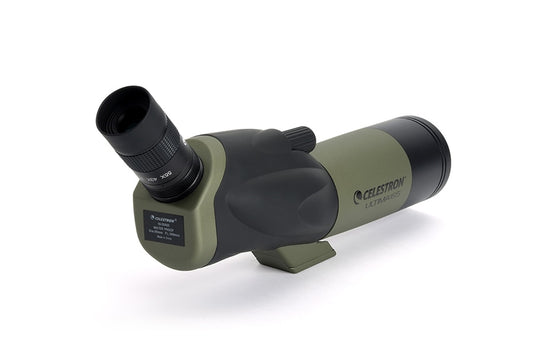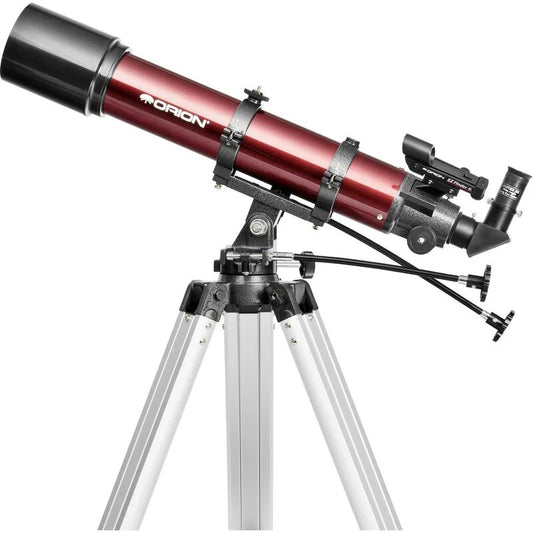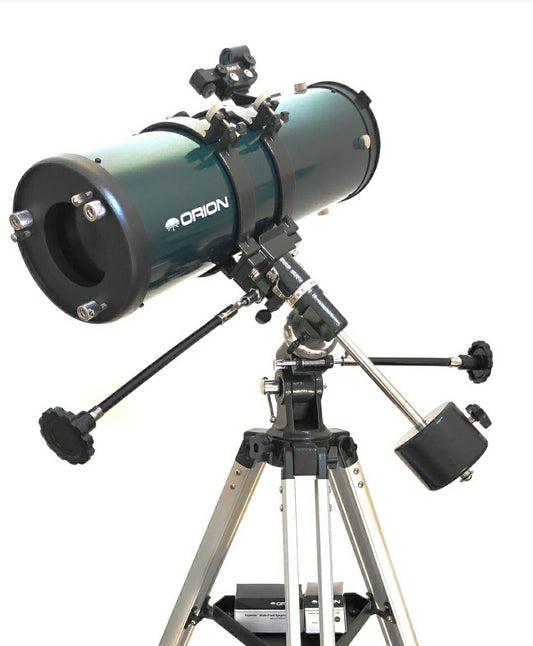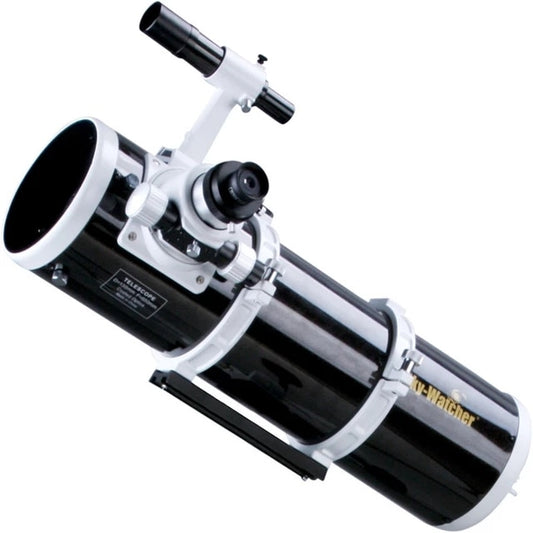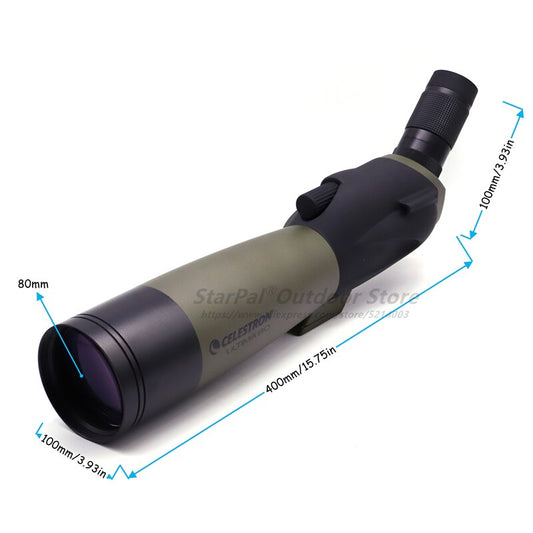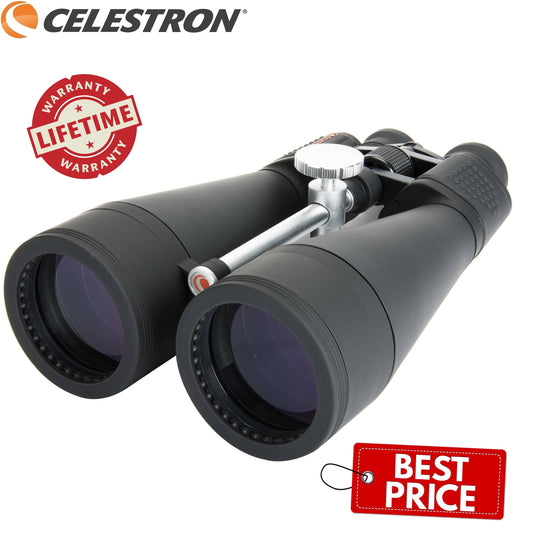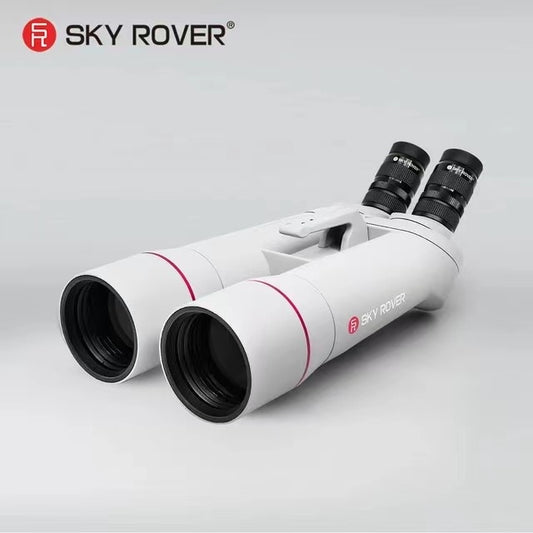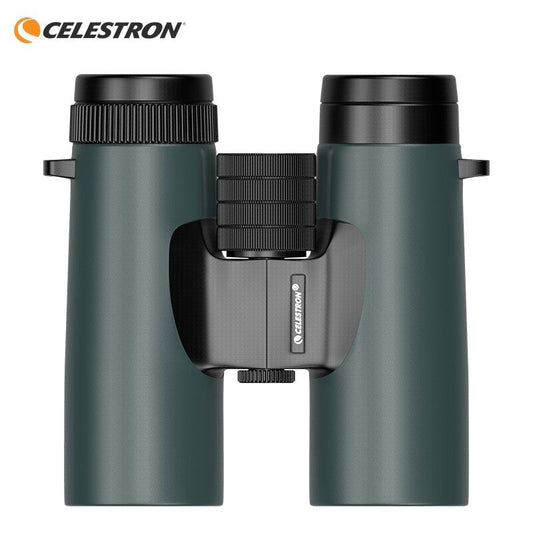Shooting Star vs Comet: A Celestial Showdown
The night sky has always fascinated humans with its myriad of celestial wonders. Among the most captivating occurrences are shooting stars and comets. These cosmic phenomena share the same canvas but offer distinct and mesmerizing displays. Let's dive into the captivating world of shooting stars and comets to uncover their differences and the magic they bring to our nocturnal skies.
Shooting Star: A Fleeting Brilliance
A shooting star, also known as a meteor or meteoroid, is a brief streak of light that appears in the sky when a meteoroid – a small piece of space debris – enters Earth's atmosphere and vaporizes due to friction with the air. This spectacular display occurs at high speeds, and the streak of light is caused by the glowing trail left behind. Shooting stars are often fleeting, lasting only a few seconds, but they can leave a lasting impression on anyone fortunate enough to witness them.
Comet: The Cosmic Wanderer
A comet, on the other hand, is a celestial object made up of ice, dust, and volatile gases. As comets approach the Sun, they heat up, causing the ices to vaporize and form a glowing coma – a bright, cloud-like structure around the nucleus of the comet. This coma often has a tail that points away from the Sun due to the solar wind and radiation pressure. Comets can be visible for extended periods, sometimes weeks or even months, as they make their journey through the solar system.
Distinguishing Features: Beauty in Contrast
- Appearance: Shooting stars appear as fast-moving streaks of light that vanish quickly, leaving a trail behind. Comets, on the other hand, exhibit a more gradual and evolving appearance, with their comas and tails changing over time.
- Duration: Shooting stars are short-lived, lasting only a few seconds to a fraction of a minute. Comets can remain visible for much longer, and some well-known comets can be visible from Earth once every several years.
- Brightness: While both shooting stars and comets can be remarkably bright, comets often have a more sustained and radiant glow due to their extended exposure to the Sun's heat.
- Frequency: Shooting stars are relatively common and can be observed during meteor showers, which occur when Earth passes through the debris left behind by comets. Comets, on the other hand, are less frequent visitors to our skies and can generate widespread excitement when they become visible.
- Cultural Significance: Shooting stars have been the subjects of myths, wishes, and folklore for centuries, often associated with luck and wishes. Comets, too, have played significant roles in various cultures' histories and are sometimes interpreted as omens or messengers.
Comparing Shooting Stars and Comets: Celestial Marvels
For a concise overview of the distinctions between shooting stars and comets, refer to the comparison table below:
| Feature | Shooting Stars | Comets |
|---|---|---|
| Origin | Meteoroids entering Earth's atmosphere | Icy bodies from the outer solar system |
| Appearance | Fast-moving streaks of light | Glowing coma and tail |
| Duration | Fleeting, lasting a few seconds | Visible for weeks or months |
| Brightness | Bright, but short-lived | Sustained brightness over time |
| Frequency | Common during meteor showers | Less frequent visitors to our skies |
| Cultural Significance | Often associated with luck and wishes | Historically interpreted as omens or messages |
| Scientific Insights | Study space debris and atmospheric interaction | Provide insights into the solar system's formation |
Comet vs Shooting Star
The main differences between a Shooting Star and a Comet can be explained as follows:
A Shooting Star is like a fleeting streak of light across the night sky. Also known as a meteor, it's a small piece of space debris that enters Earth's atmosphere and burns up due to friction with the air. You can spot these shooting stars during meteor showers, and they appear as bright and quick streaks of light that vanish in a matter of seconds.
A Comet, on the other hand, is like a cosmic traveler with a distinctive appearance. It's a celestial object made of ice, dust, and gas, and it follows an elliptical orbit around the Sun. Comets often have a bright coma (a fuzzy area around the nucleus) and a visible tail that points away from the Sun due to solar wind and radiation pressure. Comets can be visible for weeks or months and sometimes become spectacular sights in the night sky.
In short, shooting stars are brief, brilliant flashes of light caused by space debris entering Earth's atmosphere, while comets are icy bodies that develop distinct tails and can be visible for a more extended period, offering captivating celestial displays. Your appreciation for these celestial wonders will likely depend on whether you're intrigued by quick bursts of brilliance or mesmerized by the graceful journeys of icy travelers.
Conclusion: A Dance of Celestial Marvels
In the grand tapestry of the cosmos, both shooting stars and comets provide moments of awe and wonder. Each phenomenon offers its unique charm, from the fleeting brilliance of a shooting star to the majestic appearance of a comet. Whether you're stargazing with loved ones, making wishes on a clear night, or capturing the beauty of the universe through a telescope, the spectacle of shooting stars and the grace of comets are gifts that continuously remind us of the vastness and magic of the cosmos.






